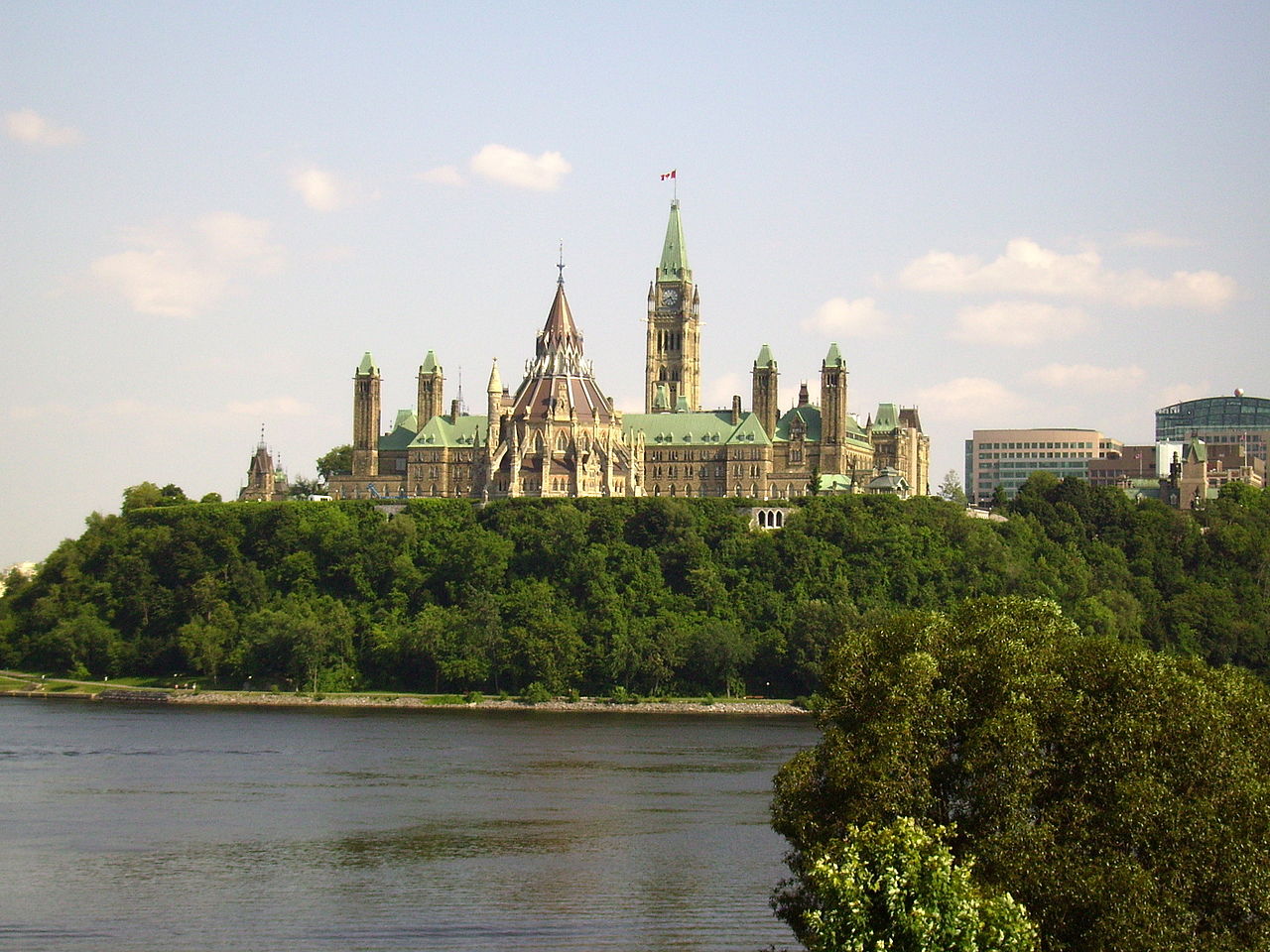With $186 billion already committed to infrastructure development in Canada, and no new funds for the Canada Infrastructure Bank, the 2018 federal budget was lacking in the big fiscal commitments that the industry is used to. Obvious concerns emerged over the delay in spending on infrastructure projects as part of the federal government’s previous commitment. But by no means was the budget lacking in new support for Canadian infrastructure either.
Here are some key takeaways from Budget 2018 that represent new funding commitments impacting Canada’s infrastructure industry:
- With a strong stress on the need to continue efforts to bridge the gender gap, the budget introduced new funding to help welcome more women to the trades. The new Apprenticeship Incentive Grant for Women is a five-year pilot project that will provide up to $6,000 over two years for women to enter into traditionally male-dominated Red Seal trades. There is also a new grant that will provide up to $8,000 to women completing apprenticeship training in “other better-paid trades.”
- The government-science community, previously subject to cuts under former Prime Minister Stephen Harper, was subject to significant investments as part of Budget 2018. As part of the new strategy to invest in science, the government has committed $1.3 billion over five years to fund “the laboratories, equipment, and infrastructure researchers rely on every day.” Details on potential infrastructure projects as part of the funding were not released.
- Nature was a big winner in this year’s budget. The government announced that it will commit $1.3 billion to nature conservation in Canada, including $500 million towards a $1 billion fund to be supported by private and municipal/provincial investment. Part of the conservation efforts are targeted at elements of resilient infrastructure, such as bioswails, which should help communities emphasize the importance of incorporating natural assets in infrastructure design and planning.
- The government is looking at ways to remove barriers to innovation, especially in a group of targeted industries that includes transportation and infrastructure. The government will conduct a “targeted review, over the next three years, of regulatory requirements and practices that are bottlenecks to innovation and growth in Canada.”
- While a timeline for its implementation was not specifically noted, the government did announce a new electronic procurement platform. The platform is targeted at making it easier for small and medium sized businesses to bid on federal government projects.
- In his budget speech, Finance Minister Bill Morneau noted that the federal government is on track to have all boil water advisories in Indigenous communities lifted by March of 2021. The budget document notes that, as of February 12th of this year, 52 long-term drinking water advisories had been lifted. In order to meet the government’s 2021 goal, additional built infrastructure will be needed.
- A commitment of $55 million over two years, on a cash basis, was made to support maintenance and repairs of National Capital Commission assets.
- A National Cyber Security Strategy will be built with a five-year commitment of $507.7 million, and a recommended $108.8 million expense per year following the initial five years. The government hopes that this strategy will ensure that critical infrastructure remains safe from cyber-attack.
While these commitments do not directly support the traditional construction of new public sector infrastructure assets, the new programs and commitments should compliment the record long-term investment in built infrastructure already previously announced by the federal government.











